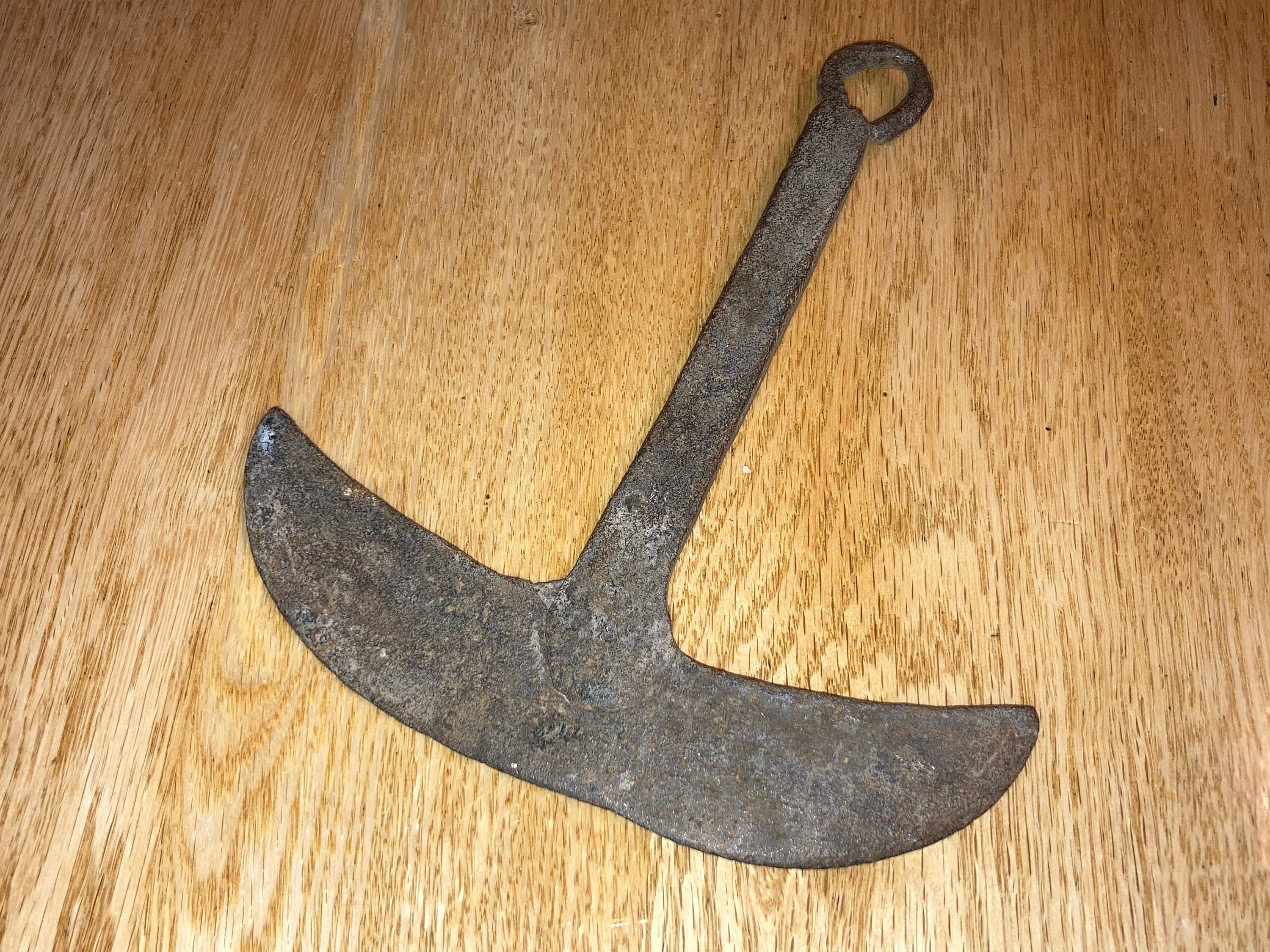


Smiths managed their businesses carefully and kept detailed records of daily work orders and the debts owed by their customers. Smiths during the 1800’s created important tools and equipment for local communities, including plows, rails, gates, nails and even horseshoes.īlacksmiths who could take on an array of specialized projects had more value within their community than those who could not, so most smiths prioritized becoming a “jack of all trades” in order to strengthen their reputation and serve as many people as possible. Smiths could manipulate metal in endless ways, but usually created and repaired farm equipment such as hoes, plows, rakes and other tools as well as hardware and wheels for wagons, kitchen utensils and horseshoes. Townspeople and farmers alike valued the range of skills blacksmiths possessed and relied on them to create the tools and implements necessary for survival. The Role of Blacksmiths in 1800s Communitiesīlacksmiths living in the 1800s took on the roles of both tradesmen and businessmen in order to manage successful workshops and provide a variety of services. Factories had not yet replaced these products with a machine, and the increasing movement of people from farm to city required reliable means of transport.īy shifting their attention away from smaller projects and focusing instead on horses and transportation implements, smiths maintained a level of prestige as skilled tradesmen within the transportation industry despite the increasing prevalence of mass production in other sectors. Although there was a rise in machinery by the late 1800’s, blacksmiths continued to find success on larger-scale projects and as farriers.īlacksmiths responded to the rise of industrialization by turning their attention to shoeing horses and making and repairing wagons and carriages. By the end of the century however, machines could make hundreds of nails per hour and at a cost that made nails easily replaceable instead of prized. Nails proved so valuable that arsonists would burn down buildings just to collect the nails left behind. Mass production threatened to replace the work of blacksmiths, as it allowed for faster and more cheaply made products that could be replaced instead of repaired.įor example, before 1850, blacksmiths forged nails at a rate of one per minute, which made them relatively scarce and expensive. In the latter part of the 1800s, the significance of blacksmiths shifted as industrialization mechanized the processes of many trades. At a time when the United States population hovered around thirty million, this was a significant number of people employed in blacksmithing and illustrates the demand for this service. It also listed blacksmithing as the fourth most popular trade after lumber milling, flour milling, and shoemaking. Henry Wadsworth Longfellow in his 1839 work entitled “The Village Blacksmith, romanticised and described the important role of emerging New England blacksmiths.īy 1860, the United States census recorded 7,504 blacksmith workshops and 15,720 workers employed within them.

The first half of the 19th century is considered by historians to be the “golden age” of American blacksmithing due to the demand for metalwork in newly developing communities on the frontier. His romanticized portrayal of blacksmiths indicates that they possessed a good deal of respect within American society at the time. The importance of the blacksmith in 19th century communities is eloquently documented by renowned poet Henry Wadsworth Longfellow in his 1839 work entitled “The Village Blacksmith.” Longfellow describes the hardworking nature and steadfast presence of the local smith. The Rise of the Blacksmith in 19th Century America


 0 kommentar(er)
0 kommentar(er)
